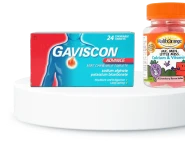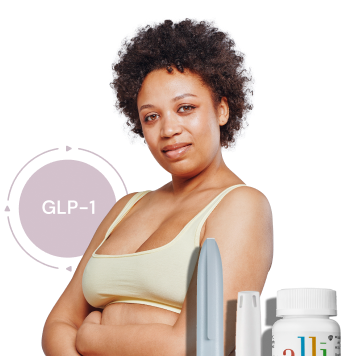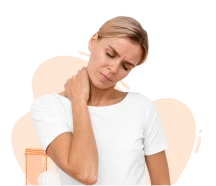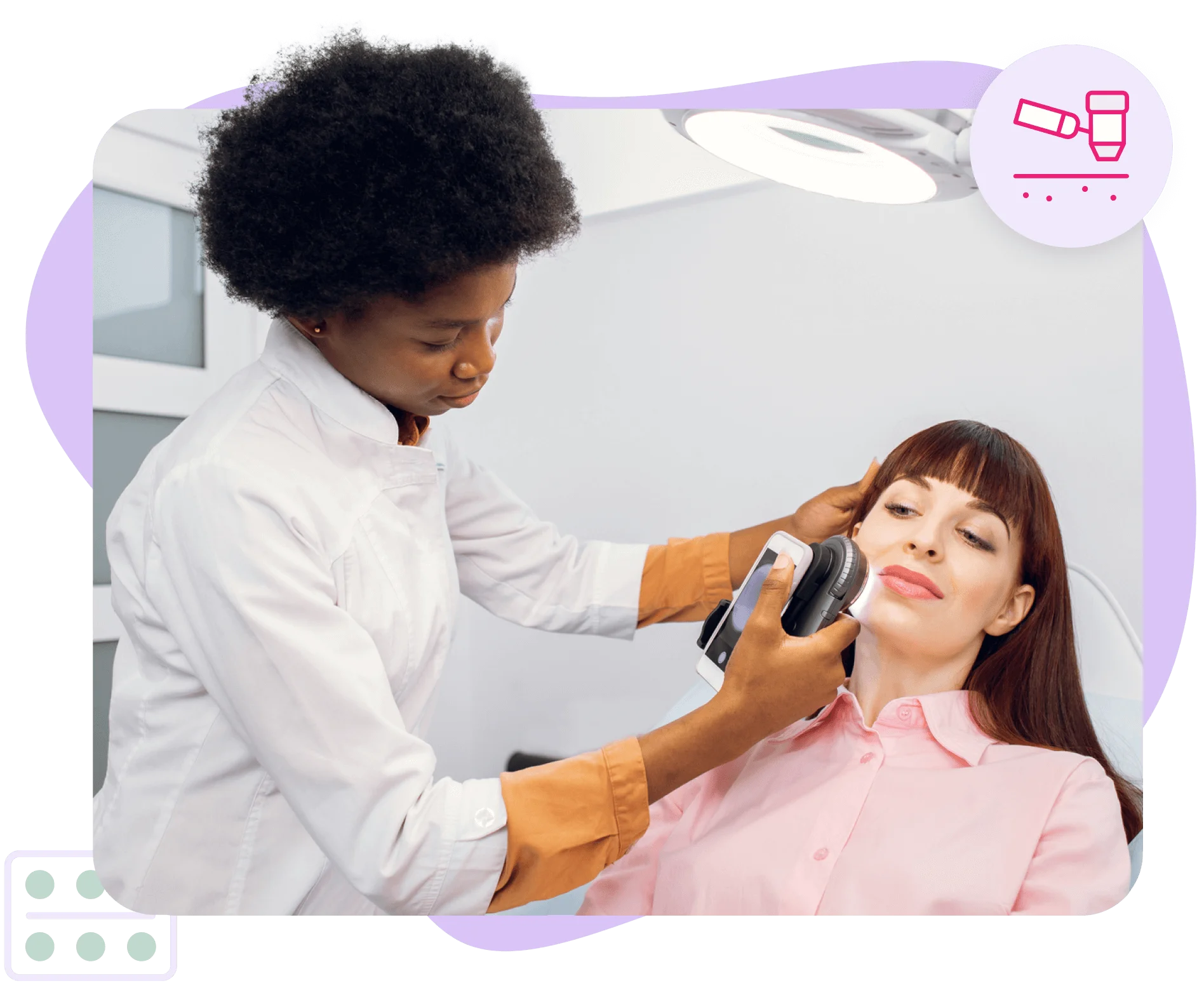Definition
Acne is when your hair follicles or pores become clogged with oil (sebum), dead skin cells, and bacteria, creating breakouts of pimples, blackheads, whiteheads, and sometimes deeper cysts or nodules. It usually occurs in areas with high concentrations of oil glands such as on the face, forehead, neck, chest, shoulders, and upper back. Acne can affect people of all ages but is most prevalent during adolescence (puberty) and early adulthood.

Causes
Acne is mainly caused by these factors:
- Excess oil (sebum) production and dead skin cells clogging follicles
- Bacteria That naturally reside on the skin can cause infection once it gets in the follicle
- Hormonal changes teenagers and menstruating or pregnant women tend to have more acne
- Genetics acne tends to run in families
- Items touching your skin such as phones, hats, helmets, and tight collars.
- Food diets with a high sugar content can cause a rise in insulin levels, altering hormones that can affect your skin
It is also important to note what does not cause acne:
- Poor hygiene dirty skin does not affect getting acne
- Stress stress does not cause acne, but it can make it worse
- Cosmetics as long as oil free
- Chocolate chocolate does not cause acne although any added sugar in your chocolate bar might
- Sexual activity
Symptoms
Acne symptoms depend on the severity of your condition but are easy to spot. Here are common acne symptoms to look out for:
- Comedones, also known as blackheads (open plugged pores) and whiteheads (closed plugged pores), are small bumps on the skin’s surface.
- Papules are small, red, raised bumps on the skin caused by infected hair follicles.
- Pustules or Pimples (spots) are like papules but with a white or yellow centre containing pus.
- Nodules and Cysts are severe forms of acne. They are larger, solid, painful lumps beneath the surface of the skin.




























